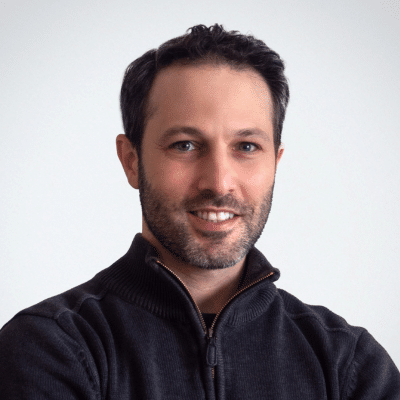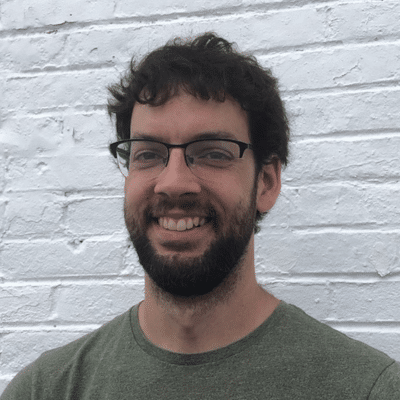¿Qué están haciendo usted y su organización para ayudar a reducir las emisiones de carbono incorporadas?
Jaein Lee
Architectural Designer, Elkus Manfredi Architects
Growing up, my family went through a special ritual every Tuesday night: recycling. We had two huge cardboard boxes on the back balcony where we accumulated recyclable items throughout the week – milk cartons, newspapers, plastic wrappers, plastic containers of all kinds, you name it. I would wait for my father to come back from work, and we would carry the box full of recyclables in a small cart (purchased just for this purpose) to the communal parking garage and sort everything into 10 bins of designated material types. This ritual helped me become aware of the small activities I could do to protect the environment.
When I moved to the States to study architecture at Cornell University, I started to think more about how to design sustainable infrastructures and communities. I became interested in the harbor conditions in Baltimore, where the waterways need constant dredging and subsequent relocation of the dredged sediment to allow mega-sized cargo ships to enter. This led to my thesis proposal to relocate Baltimore harbor into deeper waters and create a park made of formerly dredged sediments on the existing harbor’s industrial edge.
Moving to Boston to join Elkus Manfredi Architects expanded my interests in sustainability. We have recently started doing embodied-carbon studies on our projects with the goal of learning how to incorporate the practice into our design process. As I was conducting life-cycle analyses, I found the Carbon Leadership Forum and have been learning more about choosing materials that perform better and impact the environment less.
As a firm we are using the results from the studies and the CLF baselines to update our office standards to prioritize low-carbon products including concrete and encourage deconstruction practices. In our work, there is tremendous opportunity to reuse existing buildings and find new uses for existing finishes. This approach requires continuous investigation and research, but offers a fresh and inspiring way to look at design.

¿Qué están haciendo usted y su organización para ayudar a reducir las emisiones de carbono incorporadas?
Jared Friedman
Computational Product Manager, Senior Associate at Walter P Moore
As somebody who is both a city-dweller and an outdoors enthusiast, I’ve long recognized that environmental stewardship can take many forms. Growing up in and around New York City, which I’ve also called home for the past decade, I gained an appreciation for the built environment and its vibrant communities. At the same time, I enjoy nothing more than to be out in the woods, miles from civilization, immersed in nature. This apparent duality is reflected in my approach to design, where I strive to intricately weave the capacity to enhance human sensory experiences with a deep respect for the natural environment.
The journey towards my current focus on computation and embodied carbon has been a circuitous, yet very natural progression. I’m a licensed architect who has worked within architecture, engineering, and construction practices, giving me a unique perspective and understanding of the challenges we all face. Early in my education, interests in topics such as digital fabrication and BIM prompted a development in skills around parametric modeling and coding. As I developed these skills throughout my career, I realized their applicability extended beyond topics like automation and complex geometry for which they are commonly leveraged. These proficiencies have proved to be invaluable for tackling the complex challenges related to energy and environmental impacts.
As a Computational Product Manager within the Structural Engineering group at Walter P Moore, I’ve had the opportunity to focus on the role that data and computation have in our efforts to reduce embodied carbon impacts on projects. In recent years, we’ve made significant strides in not only tracking embodied carbon on our projects but also in proactively identifying carbon hotspots early on in the design process. This allows our designers to make more informed decisions and be better collaborators on project teams. Beyond the advantages that our embodied carbon data and tracking methodologies offer our internal design teams, we actively share this knowledge externally through our participation in industry events, organizations, and initiatives such as the SE2050 commitment.

¿Qué están haciendo usted y su organización para ayudar a reducir las emisiones de carbono incorporadas?
Josh Harmony
Project Manager, Hivemind Construction
My whole life I’ve loved being outdoors: Hiking, camping, digging for worms. And, although I choose to live in a large city, I have always felt the influence of nature in my work. Five years ago I was running a small successful renovation company in Philadelphia and I found myself growing complacent with my projects. I didn’t know what I could do better or differently, but I decided I needed something more meaningful. I didn’t need to look far to see what was important: I had a two year-old son, I was planning on having another child, and I wanted to do everything I could to make sure they had a healthy world to grow up in. This led me to a degree in sustainable design where I learned about the lack of research into embodied carbon and how it is just as important as operational carbon in construction.
After graduation, I started working for Hivemind Construction, a cooperative design/build company. We’re young, but very interested in reducing operational and embodied carbon. Since I joined the team, we now limit the types of products we use, constantly ask architects and engineers to design differently, and are continually trying to build as many high performance houses that we can.
Outside of Hivemind, I’m assembling a list of local suppliers who sell locally produced or low embodied carbon materials. It is my hope that this list will make it easier for architects and engineers to design with these materials in mind as well as create a place for builders to source those materials.
